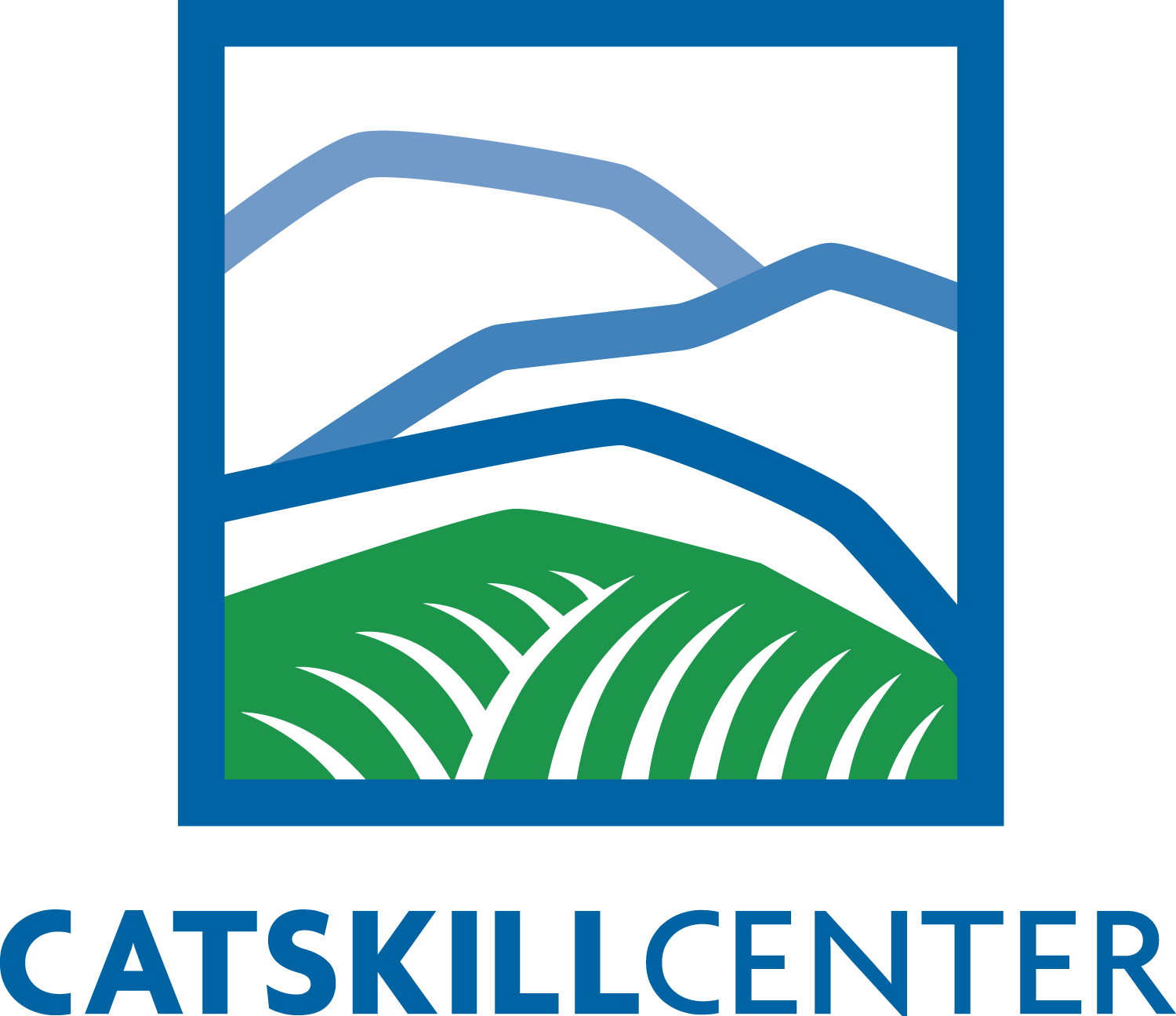August Is Tree Check Month: Public’s Help Needed to Find the Asian Longhorned Beetle
The U.S. Department of Agriculture’s Animal and Plant Health Inspection Service (APHIS) is reminding citizens that August is Tree Check Month. This is the best time of year to check your trees for signs of the Asian longhorned beetle (ALB) – a destructive invasive pest that kills trees.
“Asian longhorned beetle infested trees are safety hazards. You don’t want them on your property because they can drop branches and tree tops, and storm damage becomes much worse,” said Josie Ryan, APHIS’ national operations manager for the ALB eradication program. “So to make sure your trees are healthy, now is the time to go outside and look at them for signs of the beetle.”
The Asian longhorned beetle has the potential to destroy millions of acres of America's hardwoods, including maple, birch, elm, willow, ash and poplar trees. Unfortunately, there is currently no cure to save infested trees. Infested trees need to be removed to keep the beetle from spreading to nearby trees, as well as to protect homes and other personal property since infested trees will eventually die.
“Infested trees do not recover, nor do they regenerate. Foresters have observed ALB-related tree deaths in New York, Illinois, New Jersey, Massachusetts, and Ohio,” added Ryan. “It’s possible to find and eradicate this destructive pest, as we have done in Illinois and New Jersey, but we need the public’s help.”
The beetle is slow to spread on its own during the early stages of an infestation, so early detection and reporting is critical to containing it. People in areas quarantined for ALB can also help by not moving firewood, which can transport the beetle to new areas.
The beetle has distinctive markings that are easy to recognize:
· Long antennae with black and white bands, longer than the insect’s body.
· A shiny, jet-black body, about 1” to 1 ½” long, with white spots.
· Six legs with possible bluish-colored legs and feet.
Signs of infestation include:
· Round exit holes, about the size of a dime or smaller, in tree trunks and branches.
· Shallow oval or round scars in the bark, where the adult beetle has chewed an egg site.
· Sawdust-like material, called frass, on the ground around the tree or in the branches.
· Dead branches or limbs falling from an otherwise healthy-looking tree.
After seeing signs of the beetle:
· Make note of what was found and where. Take a photo, if possible.
· Try to capture the insect by placing it in a container and freezing it. Doing so will preserve it for easier identification.
· Report findings by calling 1-866-702-9938 or completing an online form at www.AsianLonghornedBeetle.com.
The ALB was first detected in the United States in Brooklyn, New York, in 1996. It is believed to have come from wooden packing material used in cargo shipments from China. Since then, it has led to the loss of more than 160,000 trees.
For more information about the Asian longhorned beetle, ways to keep it from spreading and eradication program activities, visit www.AsianLonghornedBeetle.com. For local inquiries or to speak to your State Plant Health Director, call 1-866-702-9938.
More About ALB Eradication Efforts
The ALB Eradication Program began in 1996 as a cooperative effort between Federal and State agencies. Together, these partnering agencies establish quarantines to restrict the movement of regulated commerce materials, inspect trees from the ground and air, remove infested and high-risk trees within a quarantine area, and conduct research to improve eradication methods. To date, APHIS and its partners have successfully eliminated the beetle in Illinois, New Jersey, portions of New York (Manhattan, Staten Island and Islip) and Ohio (Stonelick and Batavia Townships), and in Boston, Massachusetts. Current infestations are being fought in New York (Kings, Queens, Nassau and Suffolk Counties), Ohio (Clermont County) and Massachusetts (Worcester County).
